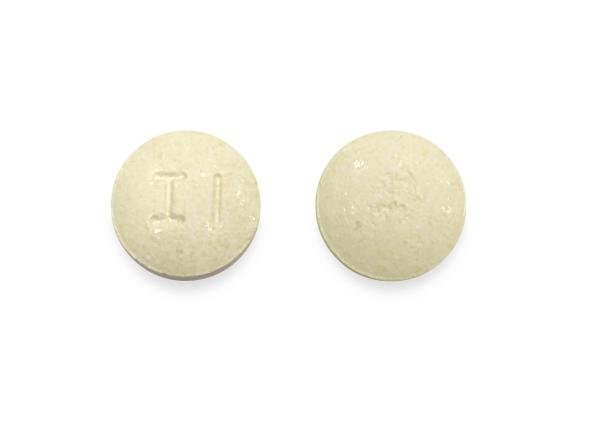Sapropterin Side Effects
Medically reviewed by Drugs.com. Last updated on Nov 27, 2023.
Applies to sapropterin: oral powder for solution, oral tablet, oral tablet disintegrating.
Serious side effects of Sapropterin
Along with its needed effects, sapropterin may cause some unwanted effects. Although not all of these side effects may occur, if they do occur they may need medical attention.
Check with your doctor immediately if any of the following side effects occur while taking sapropterin:
More common
Incidence not known
- Burning feeling in the chest or stomach
- cough
- difficulty with swallowing
- dizziness
- fast heartbeat
- fidgeting or moving around too much
- heartburn
- indigestion
- pain or burning in the throat
- puffiness or swelling of the eyelids or around the eyes, face, lips, or tongue
- skin rash, hives, or itching
- sores, ulcers, or white spots on lips or tongue or inside the mouth
- stomach upset
- talking too much
- tenderness in the stomach area
- tightness in the chest
- trouble swallowing
- unusual tiredness or weakness
Other side effects of Sapropterin
Some side effects of sapropterin may occur that usually do not need medical attention. These side effects may go away during treatment as your body adjusts to the medicine. Also, your health care professional may be able to tell you about ways to prevent or reduce some of these side effects.
Check with your health care professional if any of the following side effects continue or are bothersome or if you have any questions about them:
More common
Less common
- Stuffy nose
For Healthcare Professionals
Applies to sapropterin: oral powder for reconstitution, oral tablet, oral tablet soluble.
General
The more commonly reported adverse effects include headache, rhinorrhea, pharyngolaryngeal pain, diarrhea, vomiting, cough, and nasal congestion.[Ref]
Nervous system
Two cases of hyperactivity have been received during the postmarketing period; in 1 case, the patient had inadvertently received an overdose of this drug.[Ref]
Very common (10% or more): Headache (15%)
Common (1% to 10%): Dizziness
Frequency not reported: Convulsions, exacerbation of convulsions, overstimulation
Postmarketing reports: Hyperactivity[Ref]
Respiratory
Very common (10% or more): Rhinorrhea (11%), pharyngolaryngeal pain (10%)
Common (1% to 10%): Cough, nasal congestion, pharyngitis, upper respiratory tract infection
Frequency not reported: Respiratory failure
Postmarketing reports: Pharyngitis[Ref]
Metabolic
Not all patients respond to therapy; in clinical trials, 25% to 44% of pediatric phenylketonuria (PKU) patients receiving 20 mg/kg/day did not respond to therapy and 80% of adult and pediatric PKU patients receiving 10 mg/kg/day did not respond to therapy.[Ref]
Very common (10% or more): Low phenylalanine levels, non-response to therapy
Common (1% to 10%): Hypophenylalaninemia[Ref]
Gastrointestinal
Common (1% to 10%): Diarrhea, vomiting, nausea, abdominal pain, upper abdominal pain
Frequency not reported: Gastrointestinal bleeding, esophageal stricture, esophageal ulcer, gastric ulcer, bleeding
Postmarketing reports: Oropharyngeal pain, esophageal pain, gastritis, dyspepsia, abdominal pain, nausea, vomiting[Ref]
Cardiovascular
Frequency not reported: Myocardial infarction[Ref]
Other
Common (1% to 10%): Peripheral edema
Frequency not reported: Contusion, postprocedural bleeding, pyrexia[Ref]
Psychiatric
Common (1% to 10%): Agitation
Frequency not reported: Irritability
Musculoskeletal
Common (1% to 10%): Arthralgia[Ref]
Genitourinary
Common (1% to 10%): Polyuria[Ref]
Hypersensitivity
Postmarketing reports: Hypersensitivity reactions (including serious allergic reactions, anaphylaxis, rash)[Ref]
Dermatologic
Frequency not reported: Rash[Ref]
Hepatic
Frequency not reported: Increased GGT[Ref]
More about sapropterin
- Check interactions
- Compare alternatives
- Pricing & coupons
- Drug images
- Latest FDA alerts (1)
- Dosage information
- During pregnancy
- Drug class: miscellaneous metabolic agents
- Breastfeeding
- En español
Patient resources
Other brands
Professional resources
Other brands
Related treatment guides
References
1. Product Information. Kuvan (sapropterin). BioMarin Pharmaceutical Inc. 2007.
2. Cerner Multum, Inc. UK Summary of Product Characteristics.
3. Cerner Multum, Inc. Australian Product Information.
4. Dubois EA, Cohen AF. Sapropterin. Br J Clin Pharmacol. 2010;69:576-7.
Further information
Always consult your healthcare provider to ensure the information displayed on this page applies to your personal circumstances.
Some side effects may not be reported. You may report them to the FDA.

